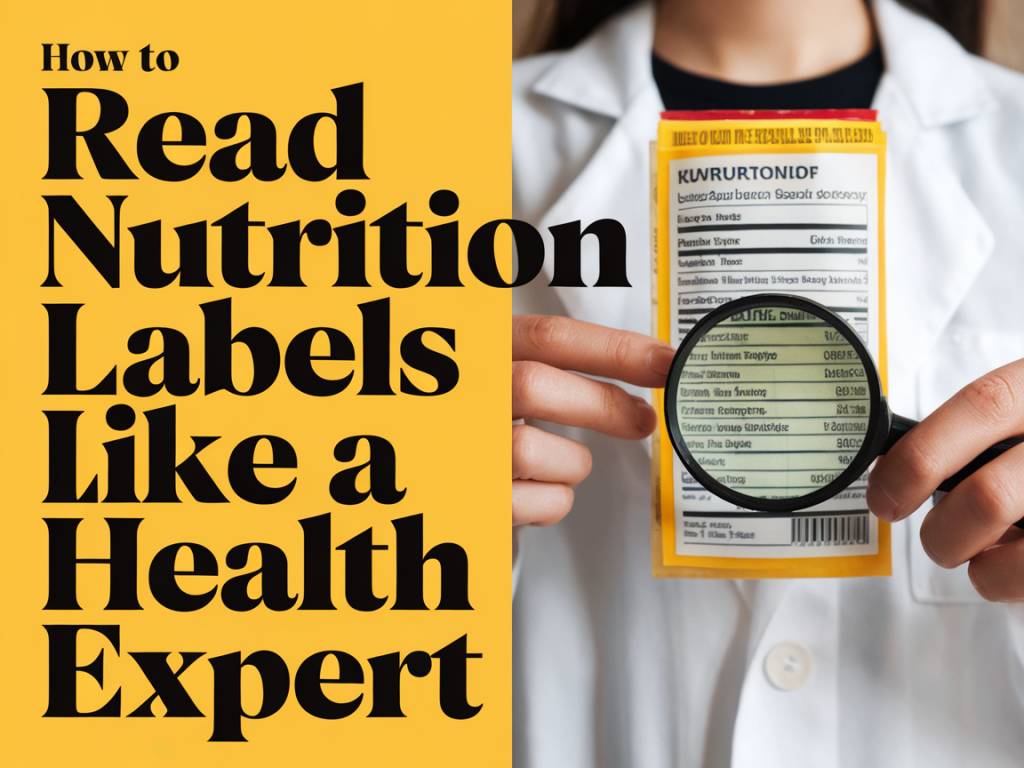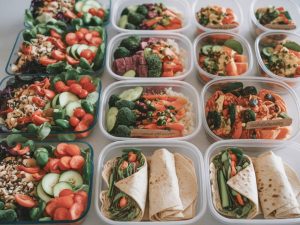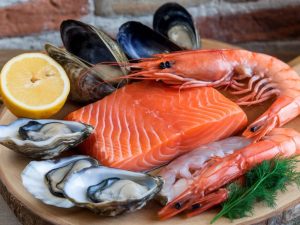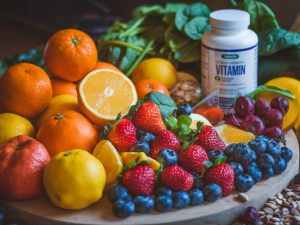How to read nutrition labels like a health expert

How to read nutrition labels like a health expert
Understanding the Basics: Why Nutrition Labels Matter
Have you ever picked up a product, flipped it over to read the nutrition label, and immediately felt overwhelmed by all the numbers and percentages? You’re not alone! Nutrition labels can feel like deciphering a secret code, but once you understand how to read them, they become an invaluable tool for healthy eating. These labels help you make informed decisions about what you’re putting into your body—whether you’re trying to manage your weight, fuel your workouts, or simply eat smarter. So, how do you get started? Let’s break it down together.
Start with the Serving Size
First things first: check the serving size. This is often the most overlooked yet critical part of the label. All the nutritional information displayed—calories, fats, carbohydrates, etc.—is based on this portion size. Think that bag of chips is only 150 calories? Double-check the servings per container. If the package contains three servings, that quick snack just turned into a 450-calorie indulgence. Yikes!
Here’s a pro tip: measure out the actual serving size at home for a better visual. You might be surprised how small—or large—it actually is.
Crack the Code on Calories
Calories are the energy your body uses to function, but not all calories are created equal. When reading the calorie count, ask yourself: « Am I getting enough nutrients for these calories? » A 100-calorie apple offers far more vitamins, fiber, and hydration than a 100-calorie sugary drink. Focus on the quality of calories, not just the quantity.
If you’re unsure about your personal calorie needs, many apps and online calculators can help you. It’s all about understanding your unique energy requirements.
The Truth About Fats
Fats often get a bad reputation, but they’re not all villains. When reading the fat section on a label, you’ll see different types listed: saturated, trans, and sometimes unsaturated fats.
- Saturated fats: Found in foods like butter and cheese. Consume in moderation, as too much saturated fat can increase cholesterol levels.
- Trans fats: Your worst enemy. These are often found in processed foods and baked goods. Aim for zero trans fats whenever possible.
- Unsaturated fats: The good guys! Found in avocados, nuts, and olive oil, these are heart-healthy fats your body loves.
When the label shows you the total fat content, take a closer look at the type of fat to make an informed choice.
Decoding Carbohydrates: Focus on Fiber
Under the carbohydrates section, you’ll typically see three components: total carbs, dietary fiber, and sugars. While carbs have a mixed reputation, they’re an essential part of a healthy diet. The key is balancing quality and quantity.
- Fiber: A superstar for digestion and satiety. Look for foods with at least 3-5 grams of fiber per serving.
- Sugars: Aim for products with minimal added sugars. Naturally occurring sugars (like those in fruit) are less concerning than added sugars found in sodas and cookies. Bonus points if you see the “includes X grams of added sugars” line—it gives you a clearer picture of how much sugar was added during processing.
Pro tip: When scanning carbs, higher fiber and lower added sugar is the winning combo.
Protein Power
Protein is vital for muscle repair, energy, and feeling full. When checking the label, look at the protein content in the context of your goals. If you’re an athlete or weightlifting enthusiast, you might need more protein compared to someone with a more sedentary lifestyle. Foods like Greek yogurt, chicken, and legumes are excellent high-protein choices.
Don’t be shy about checking the ingredient list! Sometimes, products with added protein powders or artificial ingredients can pack protein, but at the cost of unnecessary additives.
Watch Out for Sodium
Too much sodium can sneak into even seemingly healthy foods like soups and salad dressings. High sodium intake is linked to issues like high blood pressure and water retention. The American Heart Association recommends keeping sodium intake below 2,300 mg per day, with 1,500 mg being ideal for most adults.
When shopping, compare similar products to find lower-sodium options. For example, canned beans or vegetables often come in “low-sodium” or “no salt added” varieties—an easy swap that makes a big difference.
Ingredients: The Hidden Story
The ingredient list is like a window to the soul of your food. A shorter list with recognizable ingredients is generally a good sign. If you can’t pronounce half the words or need a chemistry degree to understand them, it’s probably not the healthiest option.
Here’s a fun rule of thumb: if your great-grandmother wouldn’t recognize the ingredient, do you really want to eat it?
Also, ingredients are listed in descending order by weight. So if sugar is one of the first on the list, you might want to think twice.
Beware of Marketing Ploys
Labels like “low-fat,” “organic,” or “gluten-free” can be misleading. While they might sound healthy, it’s essential to dig deeper. “Low-fat” products, for example, often compensate for flavor with added sugars. A product can also be “organic” and still packed with calories and sugars.
The next time you see these buzzwords, flip the package over and read the actual label—it’s the best way to separate fact from fiction.
Practice Makes Perfect
Like any skill, learning to read nutrition labels takes practice. Don’t be too hard on yourself if it feels tricky at first. Start small—focus on a few key areas like serving sizes, calories, and sugars. Over time, the process will become second nature, and you’ll feel empowered to make healthier choices for yourself and your family.
Remember, no one meal or snack will make or break your health goals. Nutrition is about the bigger picture—understanding what works for your body and cultivating habits that support your well-being over time. So, what will you choose to decode at your next grocery trip? Happy label reading!






